Decoding the Future of Women was a conference held in London in June, amassing hundreds of femtech innovators and bringing together industry leaders, innovators, and visionaries to explore the future of women’s health technology. It is organized by Femtech Labs Europe. With topics ranging from wild ideas like giving birth in space, or important new achievements like uterus transplants to everyday topics like menopause, aging ovaries, medicine 3.0, and custom personalized supplements, this conference covered all aspects of the emerging innovations in women’s health.
The conference featured a two day program with Day 1 being panel discussions from experts in a variety of fields including:
- Reproductive Tech & Human Fertility: Innovations like synthetic embryos and artificial wombs.
- Female Longevity: Biotechnology aimed at delaying menopause and improving ovarian longevity.
- AI & Big Data for Health: Real-world applications of AI in healthcare and data ethics.
- Scientific Breakthroughs: Novel therapeutics and research in female biology.
- Startups & FemTech: Emerging trends and entrepreneurship in the femtech sector.
- Psychedelic & Alternative Medicine: Potential of psychedelics in women’s health.
- Wearables and Biohacking: Latest in biosensors and biomarkers.
Five takeaways from Decoding the Future of Women:
1. There are SO many amazing solutions for the problems that women encounter throughout their lives – and this is only the tip of the iceberg.
There are a myriad of products one can already purchase, and there is perhaps no better site than https://unfabled.co/ to see the range of products available. From supplements to different types of products which support every aspect of life, it’s remarkable to see that these products exist and have been tested and approved for hormonal health.
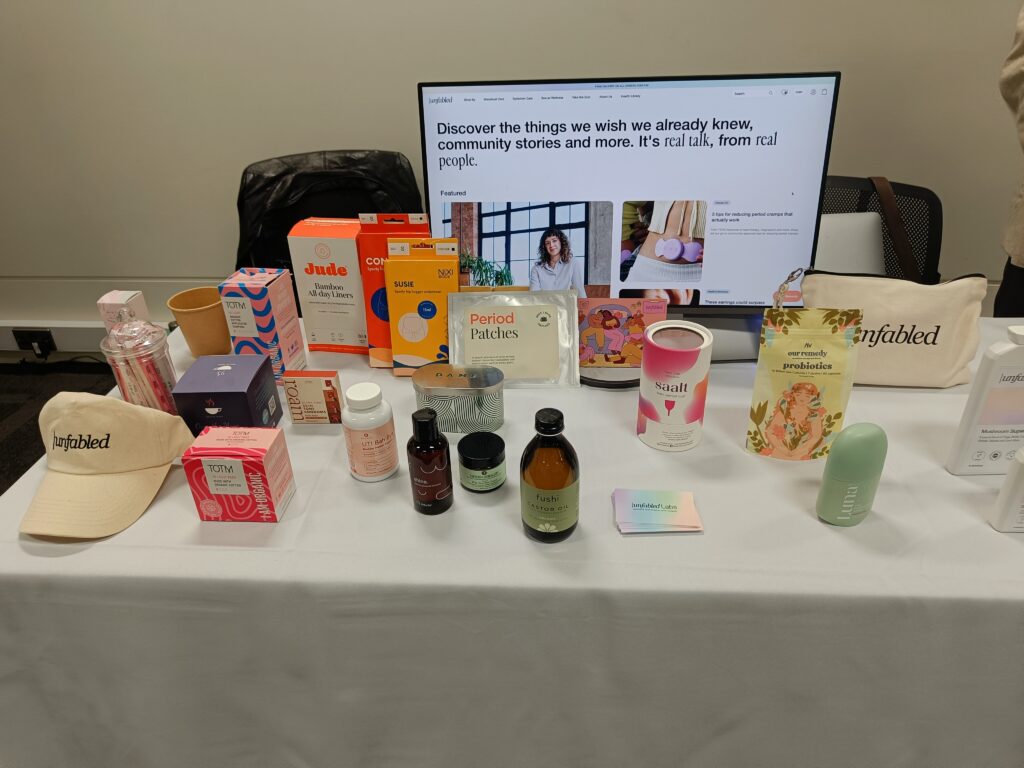
In the UK, Holland and Barrett serve as a great example of focusing on hormonal health. These stores are similar to Helsam stores. Lina Chan, Director of Women’s Health at Holland and Barrett, highlighted their dedication to this area. They allocate significant store space to hormonal health products and provide free 15-minute consultations to help women choose the right products for their life phase. During a visit to one of the Holland and Barrett stores, I discovered an example of a product I haven’t seen before: “Menopause Chocolate,” high in fiber and containing Vitamin B6, which helps regulate hormone activity, along with saffron extract, which may alleviate menopause symptoms.
2. Women are not homogeneous (shock!)
Often, simply designing something specifically for women is so avant garde that we take for granted that women come in all shapes, sizes, colours, and have diverse experiences, backgrounds, and characteristics. This Nana Adwoa Amponsah-Mensah presented Poka during the Dragon Pitching Show, where judge Ida Tin, co-founder of the popular menstruation app Clue, praised their initiative and emphasized the necessity for such an app in the market.
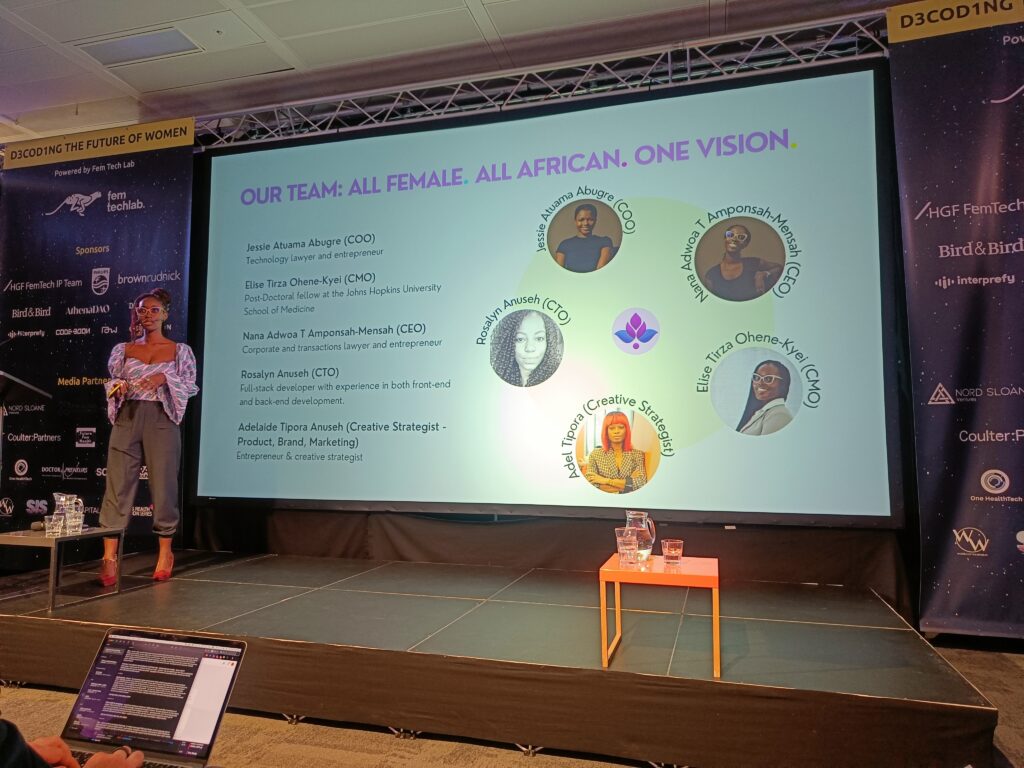
Amponsah-Mensah highlighted that women have not only different biologies, but also different backgrounds and experiences. As a designer, it is this author’s job to be aware of this and design for many different ‘users’ but hearing her presentation really drove home for me that so many femtech and women’s health solutions are simply designed for ‘women’ or ‘reproductive women’ or ‘menopausal women’ rather than diving into the intricacies of who it is being designed for specifically. Poka puts emphasis on culture, community, history and health, with everything from a community platform for ‘like-minded African women’ to products made by African artisans. Considering the racial disparities in women’s health (both currently and historically), it is essential to have apps like Poka on the market.
3. Personalized, preventive, and precision medicine: Medicine 3.0 is already here, but can we afford it?
Medicine 3.0 is a term coined by Dr. Peter Attia who wrote “Outlive: The Science and Art of Longevity”. In the panel discussion about Medicine 3.0, we heard different experts explain how we already have many tools at our disposal to start being more proactive with our health. Since women have not historically been well represented (and even absent!) in clinical trials (as we’ve discussed on TechTruster before) there is a need for us to input our own data, and learn from this – in addition to the much needed clinical trials focusing on women’s health. Helen O’Neil from Hertility, in the “Future of Reproduction” panel said we should have more emphasis on training AI on our own curated data points. Of course, this needs to be balanced with current scientific data and practices but it is an interesting thought experiment in terms of Medicine 3.0 – how do we take charge of our health, our data, and our futures, as women?
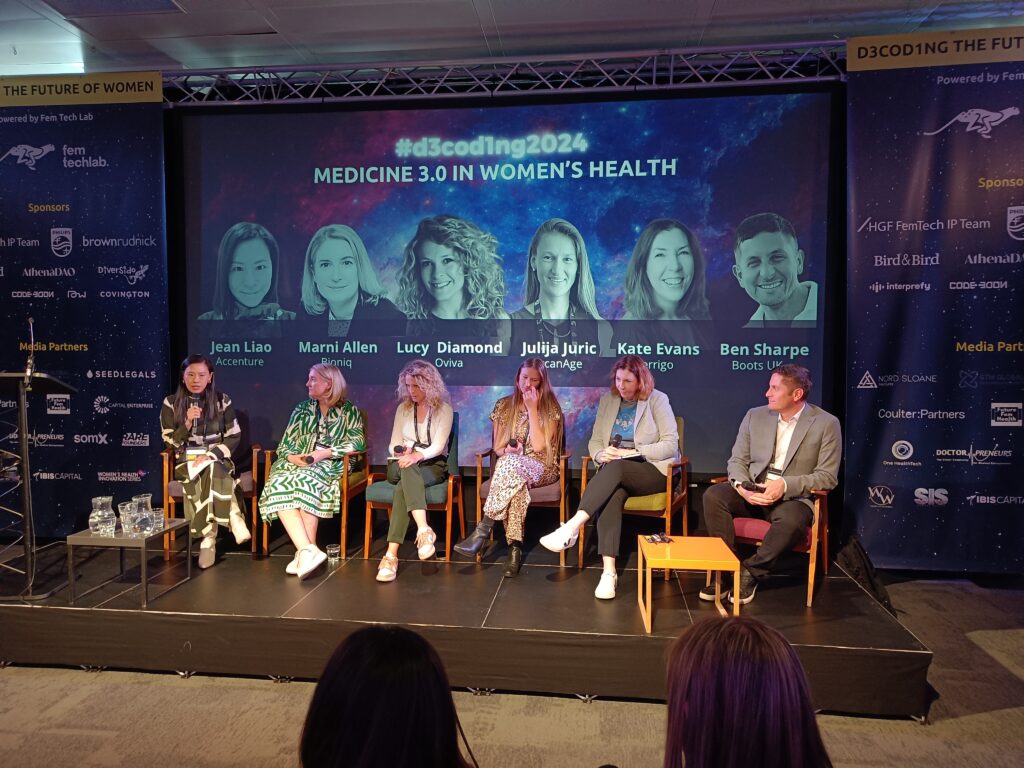
The Medicine 3.0 panel featured companies such as Bioniq who create tailor made supplements and GlycanAge which determines your biological age by measuring chronic inflammation in your system. Both of these are not cheap solutions, they are personalized healthcare. And Ben Sharpe (Head of Positive Healthcare, Boots) emphasized that we “can’t price people out of this market, it shouldn’t be a privilege”. (Boots is similar to Matas in Denmark). So while Medicine 3.0 is here and we can take charge of our health to some extent, using wearables to monitor our health, using supplements to prevent and treat, using apps to track and learn, we still need to be aware that this isn’t accessible for everyone, and that it is still early days.
4. “We could give birth in space, but do we want to?”
Maybe the most well cheered moment at the conference, this question was posed by Eliah Overbey (Chief Scientific Officer, BioAstra), the only woman on the panel called “The next giant leap for humankind: Space travel and Reproductive Health. Can we reproduce on Mars?” where a discussion was taking place about the geopolitical implications of which country would be the first to give birth off planet Earth, and the implications of gravity on pregnancy (something this writer had never considered!). Amidst discussions of fetal development in zero G and how to protect embryos in re-entry, Overbey simply asked “But, do women want to be pregnant and give birth in space?” which led to an uproarious applause from the predominantly women based audience and highlighted again, how innovation can often focus on innovation itself and less on the wants and needs of those it is innovating for.
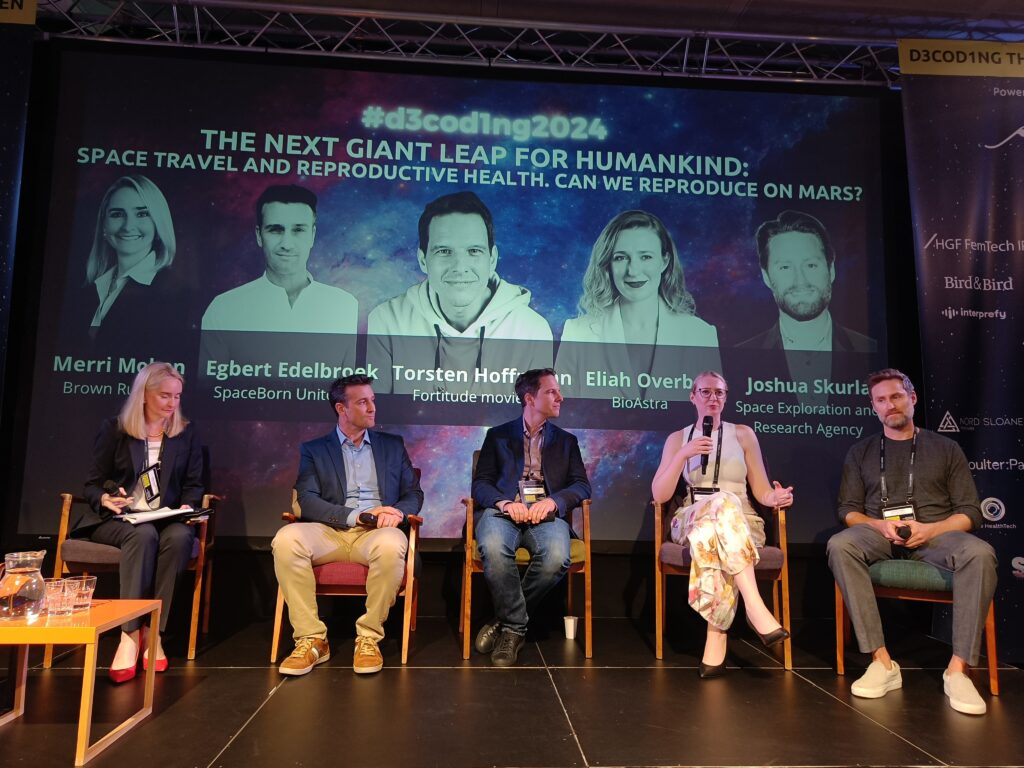
“The next giant leap for humankind: Space travel and Reproductive Health. Can we reproduce on Mars?”
5. Hacking productivity via menstrual cycle tracking
One of the pitches I most enjoyed was from “Phase App” which suggests a revised way of working for women, wherein they focus on the hormonal phase they are in, and do tasks which cater to the natural rhythm of their body and ability to focus, create, and communicate in each phase. This is nothing new, and is often called cycle syncing as per this article in Harpers Bazaar and this article in Forbes. One thing I liked from the Phase App was the connection to a calendar which helps to sync tasks which you’ll likely excel at during a particular phase.
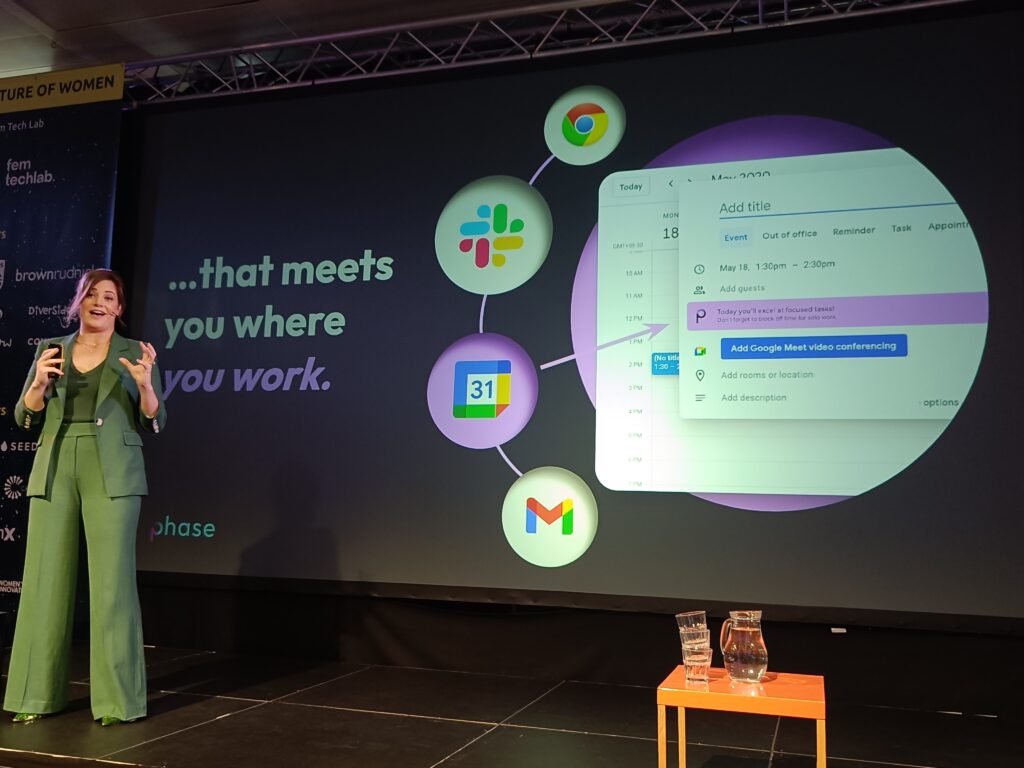
Another app, Essence does something similar, and explains, “A male hormonal cycle lasts about 24 hours. A woman’s is 28 days on average. Essence challenges society’s default to the 24-hour cycle and help women and people with cycles reach their full potential at work and in life.”
Wild.ai does something similar for exercise training. We’ve written about the brain-wide changes during the menstrual cycle on TechTruster, here.
The takeaway here is that it is fascinating to learn that we can use our hormonal health to help us better excel at our everyday life and tasks, and that by learning when we are most energetic, creative, good at problem solving or negotiation, etc, means that we can live a better life, in line with our hormones and not working against them.
Thank you to Decoding and everyone there for making this a great event. I was happy to meet many interesting people not least, the Danish representatives in women’s health, from left to right: Suzaan Sauerman (Consumer Tech CCO), Malene Enø (Impact investor and Business Angel), Andrew Stretton (Co-Founder at Sylvia Health), Ella Smoraczewska Harris (Founder, UVISA Health), this author: Vanessa Julia Carpenter (Femtech expert and founder at Kintsugi Design), and Charlotte Nørgaard Langer (HealthTech Venture Builder).
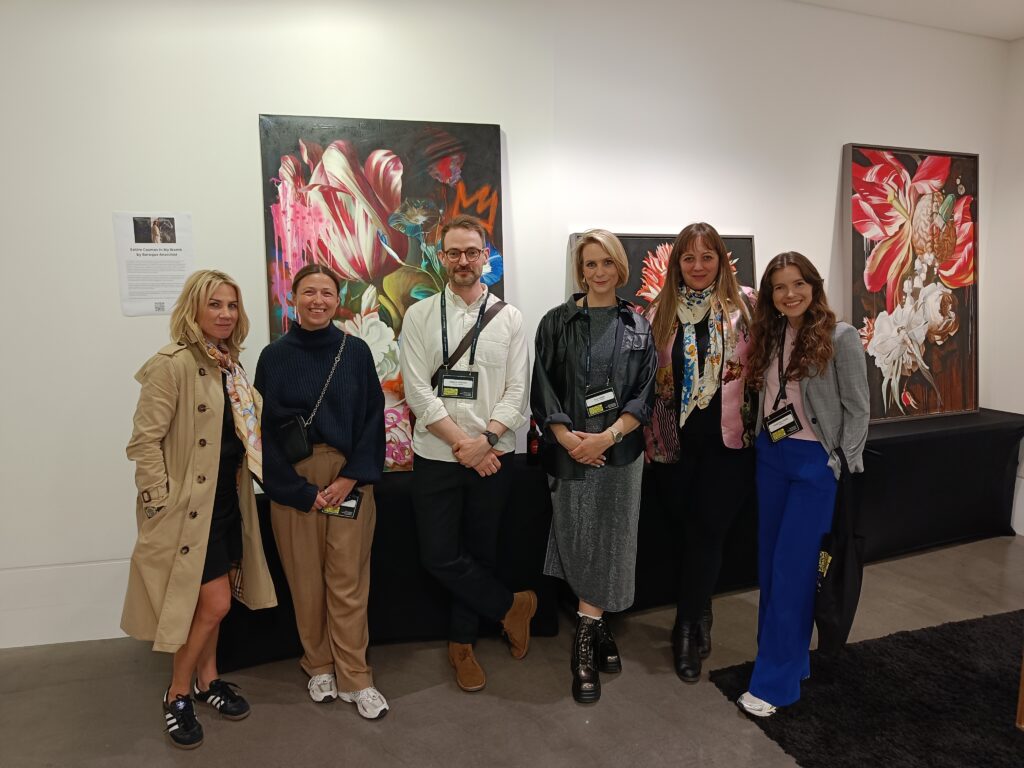

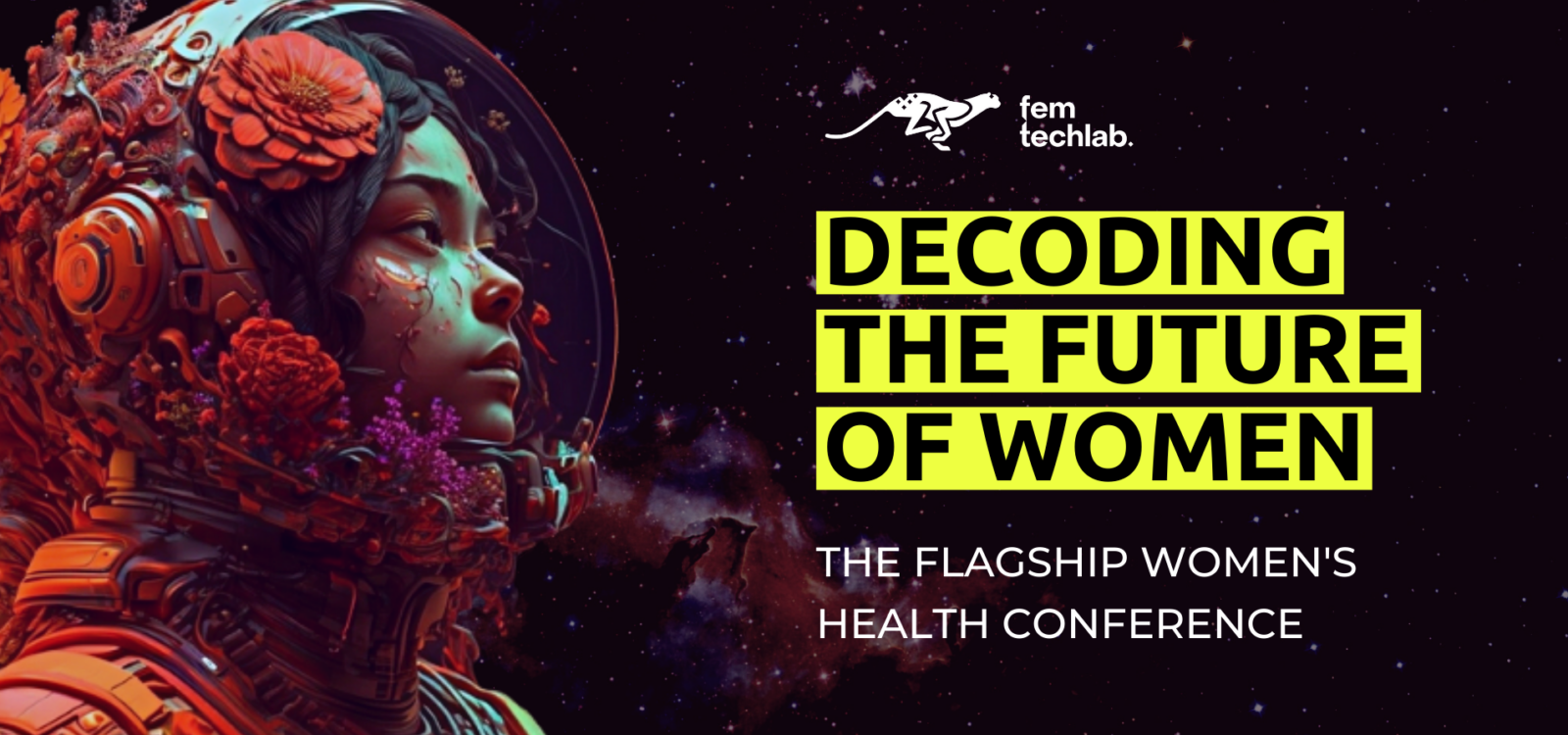
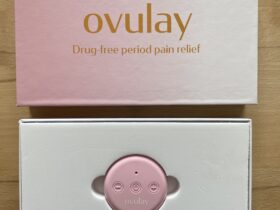
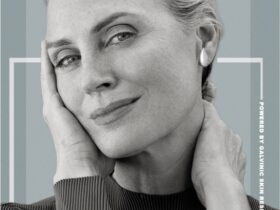


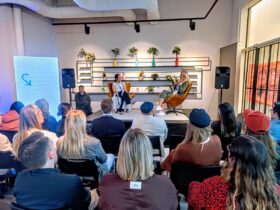
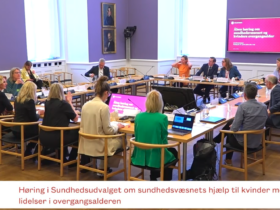



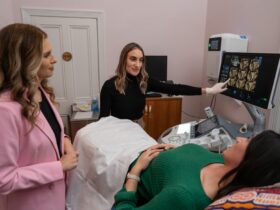

Follow us on social media